TRANSATLANTIC RELATIONS
CoCoP: COMMUNICATING COHESION POLICY


Written for JESPIONNE

Olivia Wane Fitzgerald
These days my morning coffee tastes bitterer than usual. Maybe it’s because I get it served with the gloomy articles about the upcoming G7 summit, for those do not leave much space for hope over the future of the transatlantic relations.
The bitterness first came last May when Angela Merkel said that “the times we can fully rely on others are somewhat over.” Shortly afterward, everyone started ringing the bell.

Drawing on the analysis,Ms. Wickett concludes that “while the transatlantic relationship may currently be traversing a period of divergence, this need not necessarily lead to a structural split over the longer terms”

July 2020

A few months ago, I stumbled upon a report from Chatham House cited by The Independent which assessed whether the partnership was at risk of a long-term structural divergence, in light of the tremendous political uncertainty in both the US and Europe, authored by an international relations expert Xenia Wickett. She identifies 12 major influencing factors in recent US and European policymaking and sorts them based on whether they are causing convergence or divergence between the partners on both sides of the Atlantic.
Out of those, only 3 are found to create divergent long-term impacts: demographics (increase of Latin American and Asian groups in the US and Middle Eastern populations in Europe), access to resources (in particular food and energy), and the role of international institutions (NATO, the IAEA, the NPT etc.). Drawing on the analysis, Ms. Wickett concludes that “while the transatlantic relationship may currently be traversing a period of divergence, this need not necessarily lead to a structural split over the longer terms.”


Meanwhile, on the other side of the Atlantic the NYTimes was posing a question in way more discrete terms: “Is the Trans-Atlantic Relationship Dead?”, which now seems to not just be another whistle blow, as Trump has infuriated allies with the decision to impose tariffs on Canada, Mexico, and the EU and called Mrs. May “a schoolmistress that no one gets on well with” (is it terrible if I somewhat agree? Maybe, it’s because she does remind me of mine), as a bonus. Some experts, including Ms. Wickett, urge us not to panic, as they see the current spread of populism and nationalism reinforced by domestic
economic trends as broadly cyclical but I would be more careful here. The trends indeed change as do administrations and leadership, but for younger generations, those relative shorts periods of 4-5 years may set the tone for the decades ahead. Of course, no one is ignoring the current political turmoil offering recommendations, such as support of transatlantic immigration and energy flows, or engaging non-state actors more actively. The latter one seems more realistic and attainable, especially in matters like the Climate Change Deal, but the riddle is definitely not that easy.



While the higher-level talks seem to head the wrong direction, I believe we are still capable of returning back on track. There are many youth initiatives, such as Young Transatlantic Innovation Leaders Initiative Fellows funded by the US Department of State, or The Young Transatlantic Network of Future Leaders (YTN) which has chapters all across Europe and one in Washington providing a space for discussions and opportunities for cooperation for young professionals.
If you’d like to be part of the conversation, you can stay connected through social media on Facebook, LinkedIn, and Twitter using the #GMFYTN hashtag. I have met so many cool people and some of my role models at their events. They invite journalists, state representatives and members of Congress as their speakers, so I strongly recommend you take a look!

Reference Article


Reference Article

By XENIA WICKETT for Chatham House
Published in an environment of significant political uncertainty in both the US and Europe, this report focuses on the long-standing and fundamental drivers behind US and European policymaking, and sets out recommendations to address key structural factors that threaten the durability of the transatlantic relationship. While these structural factors cannot be assessed wholly in isolation from the current, highly visible political context, it is nonetheless necessary to put the latter in proportion. How will the present political turmoil, evident on both sides of the Atlantic, affect the long-term health of the transatlantic relationship when considered alongside other developments? The rhetoric of the 2016 US election campaign and the evidence of President Donald Trump’s first year in office both point to the reality that, in the short term at least, European policymakers will need to take into consideration an uncertain, populist and conflictual US government that is focused on its narrow definition of America’s national interests to the exclusion of those of its long-standing allies. It is also an administration that often appears to be at odds with the US government bureaucracy. Time and again over the past year, Trump has taken positions that are antithetical to those of most European powers, from signalling the withdrawal of the US from the Paris Agreement to questioning the viability of NATO, disavowing the Iran nuclear deal and, most recently, recognizing Jerusalem as Israel’s capital.
In Europe, meanwhile, significant attention and political energy has been taken up with maintaining the credibility and coherence of the EU while managing the exit of the UK. This is driving policy interests as well as soaking up resources – human resources in particular – and risks diverting attention and capacity away from common global concerns. Compounding this has been the rise of populism and nationalism in many states, which has increasingly challenged the supranational and internationalist ethos of the EU, and has restricted the scope for political leaders to act in accordance with its principles. These circumstances have elevated concerns among many Europeans and Americans over the future robustness of the transatlantic relationship. This report nonetheless makes the case that, while the path may be rocky in the short term, the longer-term fundamentals of the transatlantic relationship remain strong. In a major project spanning 2015–17, the US and the Americas Programme at Chatham House explored the transatlantic relationship in depth, with the aim of understanding its underlying trends and, more specifically, assessing whether the partnership is at risk of a long-term and structural divergence or whether recent areas of apparent policy difference reflect more cyclical, temporary trends.READ MORE >>



Drawing on insights from a series of scenario workshops and case studies, this report identifies 12 major influencing factors in the recent US and European foreign policy decision-making.1 Taking into consideration their current effects, how they influence policymaking, and their likely trajectory, these factors are sorted into groups based on whether they are causing convergence or divergence between the transatlantic partners, and whether this is long-term and structural or cyclical.
While divergent cyclical factors can result in real but perhaps superficial fears regarding the transatlantic relationship, policy attention needs to focus on structural divergences, which can have long-term consequences. This report shows that three main factors fall into the critical category of having long-term structural divergent impacts on the US and Europe: demographics, access to two crucial sets of natural resources – energy and food – and the role of international institutions.



There are a number of additional factors that could cause divisions between the US and Europe – such as economics, differing capabilities (particularly military), leadership personalities and political polarization – on which much attention has latterly been focused. However, this report finds that although these factors may cause real and meaningful shorter-term disruptions, they pose less of a long-term threat to the relationship between the US and Europe, given their cyclical and thus transient nature. In democracies, leaders move on over time. Political polarization may look set to persist in the US and Europe, but the underlying forces of populism and nationalism
are reinforced in part by domestic economic trends that are broadly cyclical, and will be constrained by the continued interdependence of nations.2 While some could lead to temporary downswings in the relationship, they are more easily reversible with concrete – if difficult – steps such as increasing European defense spending. Drawing on the analysis, the report concludes that, while the transatlantic relationship may currently be traversing a period of divergence, this need not necessarily lead to a structural split over the longer term. It will be important, however, that leaders on both sides of the Atlantic take steps to mitigate the risks of long-term divisions.

CALL TO ACTION




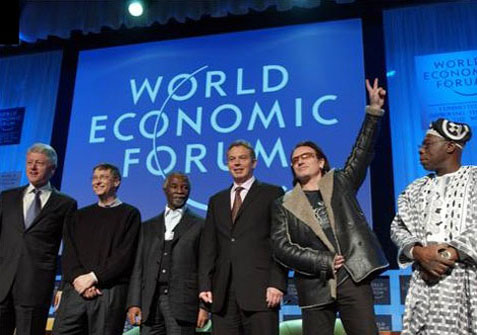

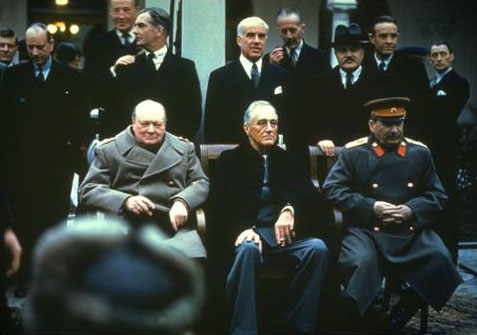

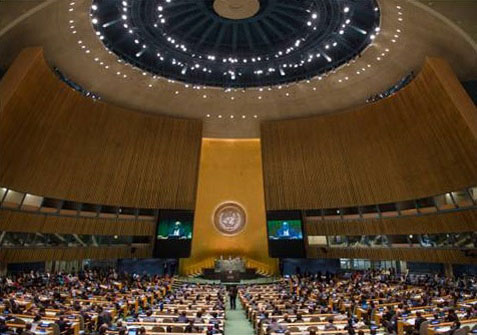


NEW AMERICA PUBLICATIONS


CHATHAM HOUSE


REFERENCE SOURCES


REFERENCE SOURCES

Photos by
Assoicate Press / Politico / Original Source Article
TAGS
Angela Merkel / Syrian Refugees /German Chancellor / Josef Janning / European Council on Foreign Relations / Berlin / European Security / Brexit / Greece Financial Crisis / Person of the Year / Politico / Mathew Karnitsching

July 1st, 2020

INTERVIEWS






















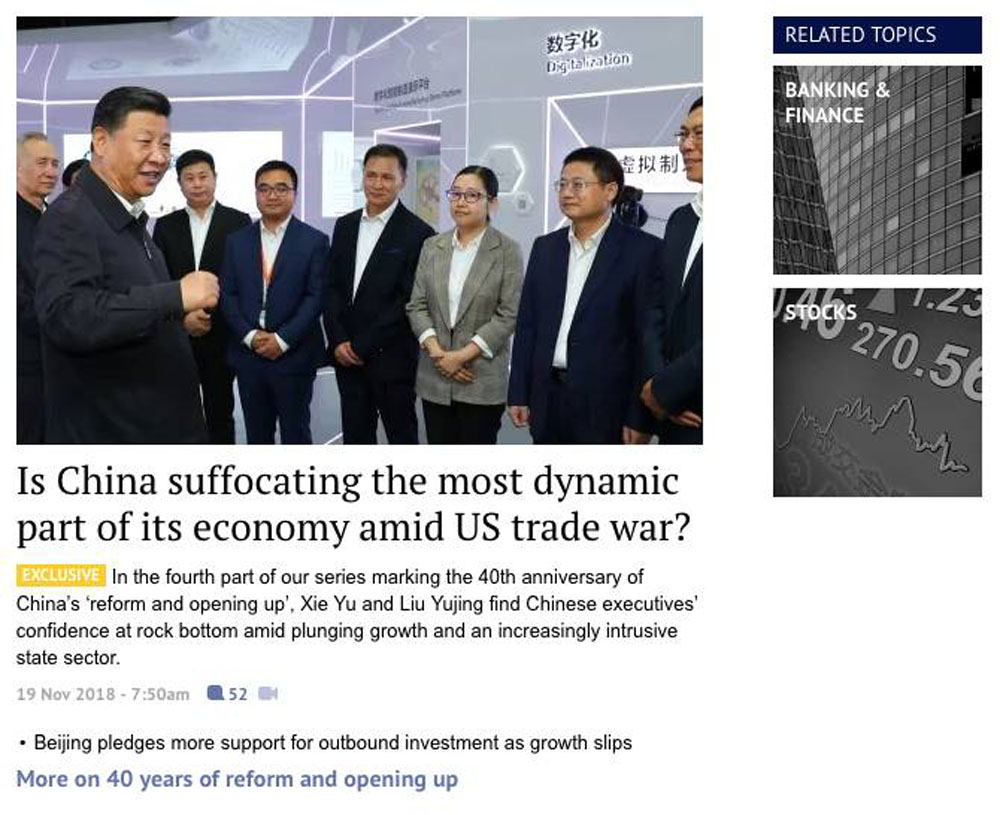





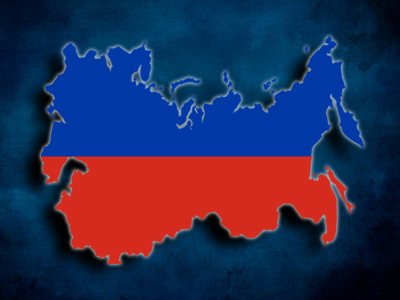
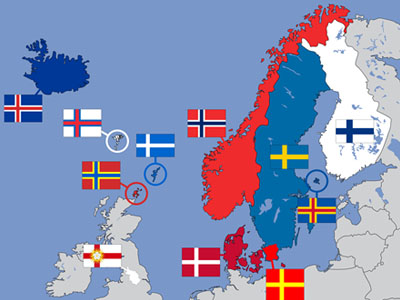


















SOCIAL MEDIA